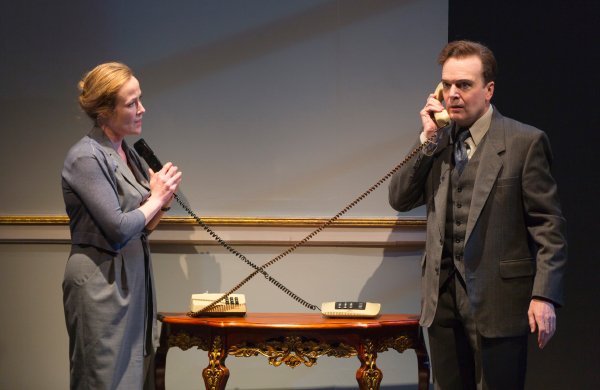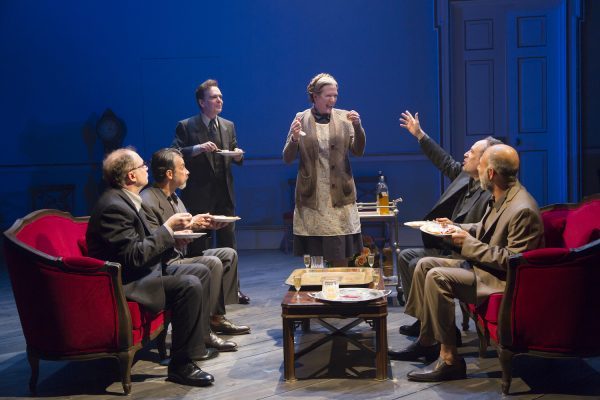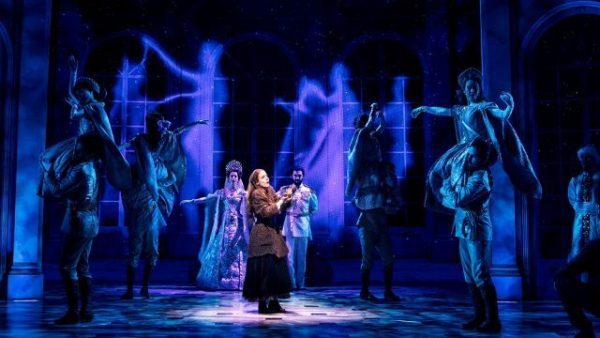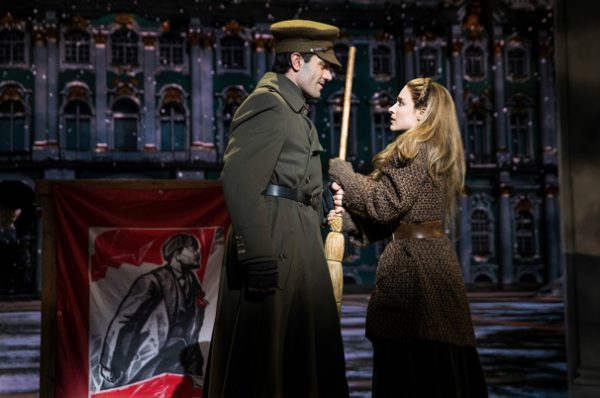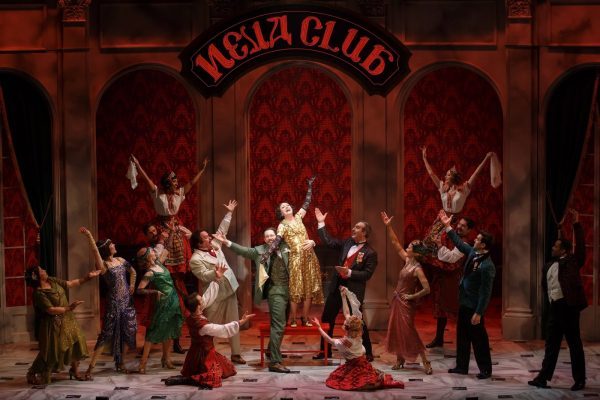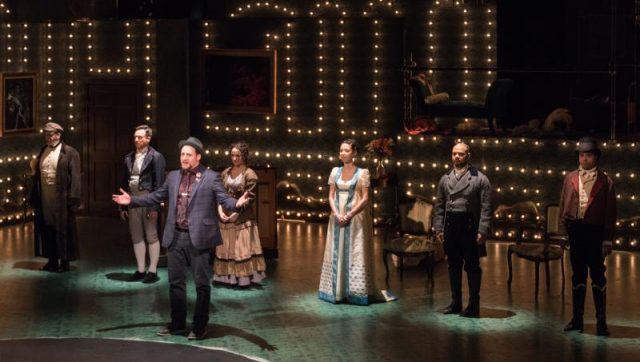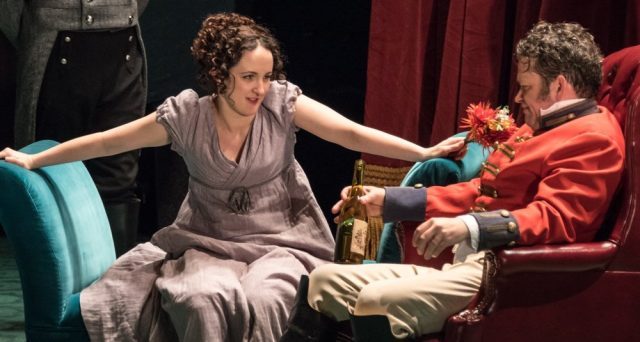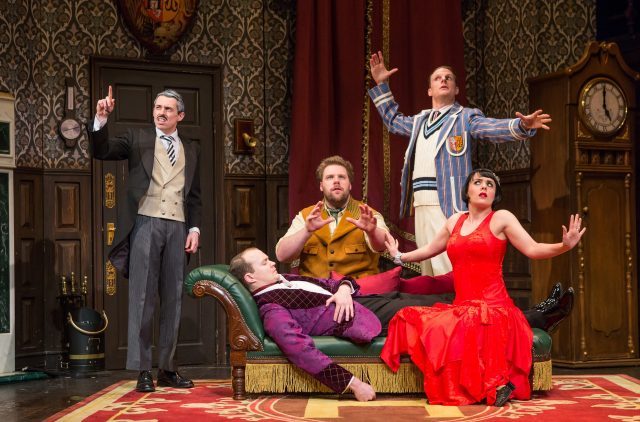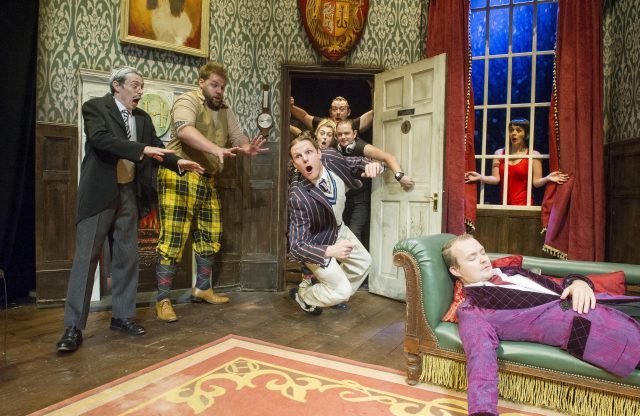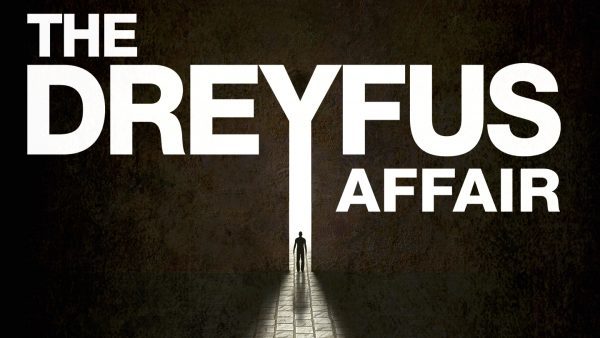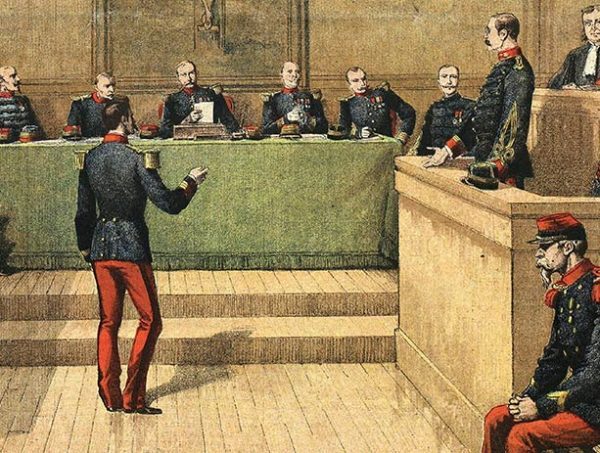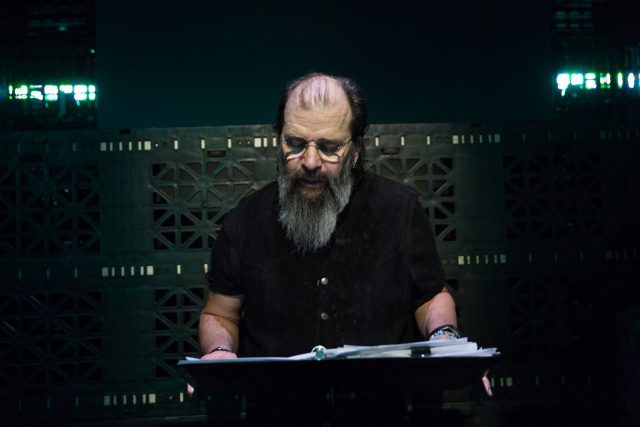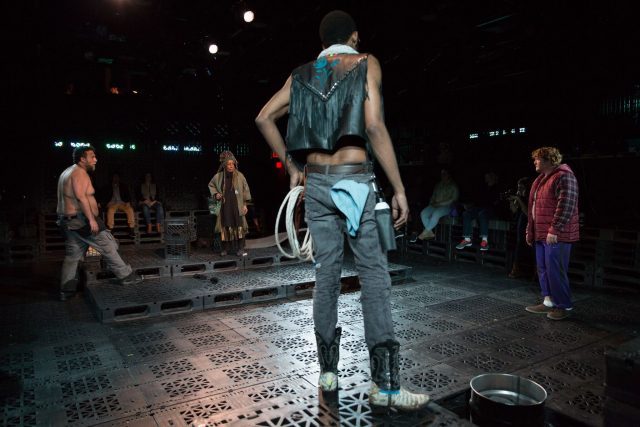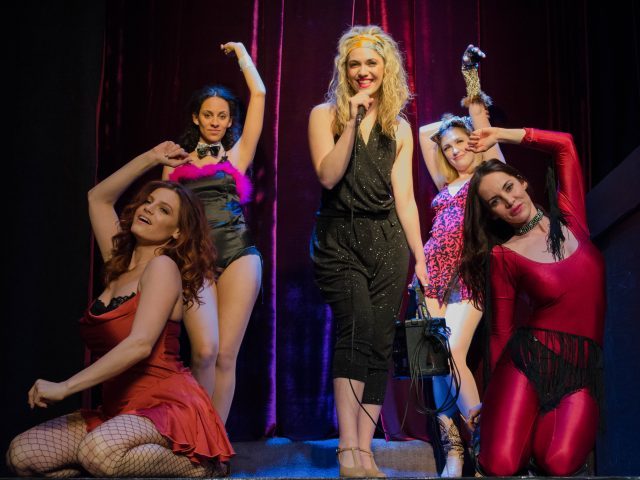
Go-go dancers strut their stuff in Chain Theatre revival of David Rabe’s In the Boom Boom Room (photos by Matt Wells and Victor Andrew Heras)
American Theatre of Actors
314 West 54th St. between Eighth & Ninth Aves.
Through May 6, $18
www.chaintheatre.org
Not only did the Chain Theatre get the blessing of Tony-winning playwright David Rabe to stage an extremely rare revival of his 1973 drama, In the Boom Boom Room, but it got Rabe himself, who sat in on rehearsals and made tweaks to the script for this new production. The little-seen work debuted on Broadway at the Vivian Beaumont, running for barely more than a month yet earning three Tony nominations, including Best Play; the all-star cast included Madeline Kahn, Robert Loggia, Mary Woronov, and Charles Durning. The next year the show moved to the Public Theater in a version directed by Robert Hedley and starring Ellen Greene, Christopher Lloyd, and Fred Grandy. There may be no well-known actors in the Chain Theatre revival, running through May 6 at the American Theatre of Actors on West Fifty-Fourth St., but that’s no reason to skip this hardscrabble production, which packs a wallop that sneaks up on you. The show takes place in Philadelphia in 1973, where Chrissy (Nina Kassa) is a go-go dancer who dreams of better venues. She lives alone in a small apartment where men keep barging in on her, starting with her father, Harold (Pete Mattaliano), who has been in and out of jail and in and out of Chrissy’s life. She’s also visited by her downstairs neighbor, gay nudnik Guy (Deven Anderson); Eric (Kyle Kirkpatrick), a reserved, straitlaced young man who takes her out on a date; and Al (Kirk Gostkowski) and Ralphie (Paul Terkel), a couple of lowlifes who have leered at her at the club and now want more. Chrissy, who comes from the northwestern neighborhood of Manayunk, appears to be sweet and friendly, but there is something a little off about her; in addition to not being very bright or street-smart, she’s got some demons buried deep inside her.
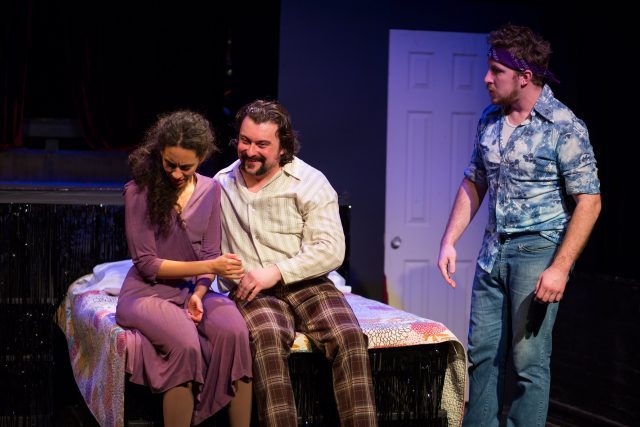
Al (Kirk Gostkowski) and Ralphie (Paul Terkel) have plans for Chrissy (Nina Kassa) in David Rabe revival (photos by Matt Wells and Victor Andrew Heras)
Chrissy works at Big Tim’s Boom Boom Room with Melissa (Alexandra Tabas), Vicki (Tina Marie Tanzer), and Sally (Cori Stolbun), who are much more experienced and savvy, as well as Susan (Christina Elise Perry), who runs the place and takes a special interest in Chrissy. The women are very clear that they are not strippers or hookers, a fate they desperately want to avoid. Aaron Gonzalez’s set goes back and forth between Chrissy’s apartment, centered by her bed, and the go-go club, with a platform where the women dance in sexy outfits designed by Barbara Erin Delo. (The bed slides under the platform to differentiate between the locations.) The play drags at times and is too long at more than two and a half hours; in addition, the story is a familiar one, yet Rabe’s incisive writing, Greg Cicchino’s steady direction, and the solid ensemble’s intimacy make for an appealing production.
In the published edition of In the Boom Boom Room, Rabe, who also nabbed Best Play Tony nominations for HurlyBurly and Streamers and won the statue for Sticks and Bones, includes the following epigraph, a quote from St. Thomas Aquinas: “The woman is subject to the man on account of the weakness of her nature, both of mind and body. / Man is the beginning of the woman and her end, just as God is the beginning and the end of every creature. / Woman is in subjugation according to the law of nature, but a slave is not. / Children ought to love their father more than their mother.” The civil rights and women’s movements seem to have bypassed this small, seedy section of Philly, where women are mere playthings, subject to sexual abuse. (Rabe, who was born in Iowa, got his master’s from Villanova in Philadelphia in 1968.) Chrissy might think she knows what she wants, but she makes bad decisions, especially with men, whom she is afraid to displease. The open door of her apartment — which Chrissy is sure she always locks — is a metaphor for her inability to properly protect her body and remain safe, a theme more relevant than ever in 2017, as a new administration pushes policies that seek to put power over women’s bodies back into men’s hands, restricting access to birth control, denying maternity care, and “grabbing pussy,” to quote the president himself. In the Boom Boom Room serves as a potent reminder that as a society, we might not have come nearly as far as we thought.
